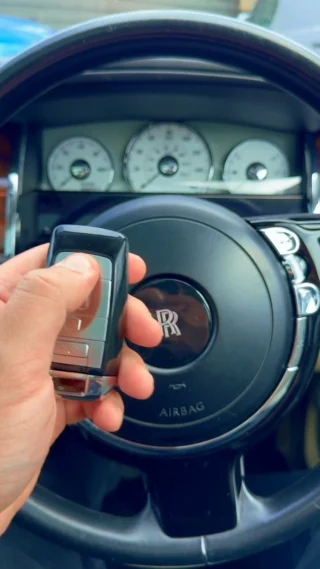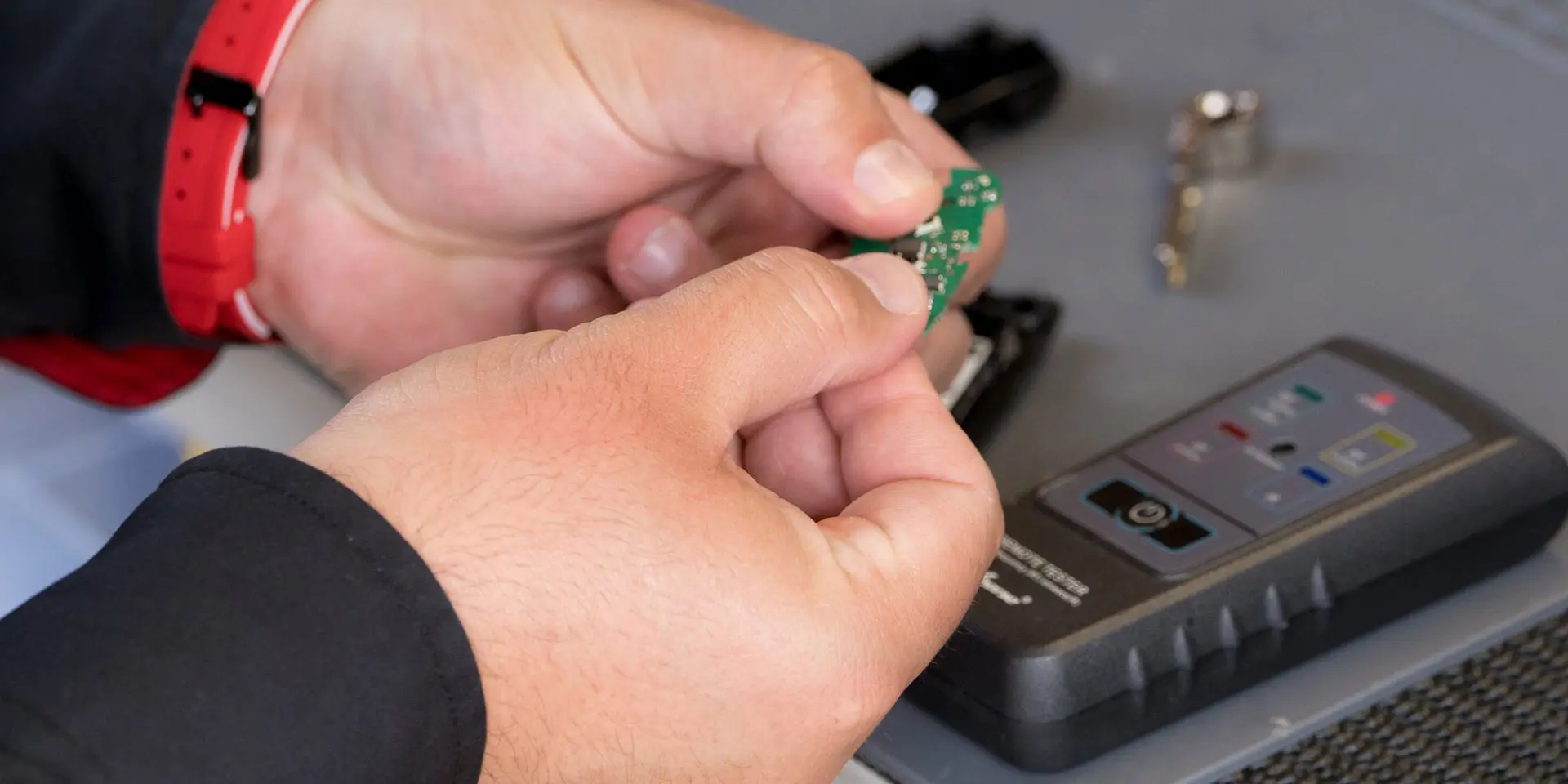What's The Job Market For Door Lock Repair Professionals Like?
페이지 정보
작성자 Dana 작성일25-07-19 06:00 조회5회 댓글0건관련링크
본문
Comprehensive Guide to Car Door Lock Repair: Troubleshooting and Solutions
The stability and performance of a vehicle's door locks are necessary for both the security of the car and the safety of its residents. Car door locks can experience a range of problems, ranging from small mechanical problems to complete failures. This short article seeks to provide an informative introduction of car door lock repair, describing common issues, diagnostic treatments, and solutions.

Understanding Car Door Locks
Before delving into repair procedures, it is vital to comprehend the elements of a typical car door lock. There are 2 primary types of locks: mechanical and electronic.
Components of a Car Door Lock System
- Lock Cylinder: The part where the key is placed.
- Latches: Mechanisms that hold the door shut.
- Actuator: Electric motor in electronic locks that assists in locking and opening.
- Linkage: Connects the lock cylinder to the lock.
- Remote Key Fob: In electronic systems, this is utilized to lock and unlock the doors from a range.
Typical Issues with Car Door Locks
Car door locks can fail for a plethora of factors. Here are some typical issues experienced by vehicle owners:
- Sticking or Frozen Locks: Especially in cold weather, locks can become hard to operate.
- Lock Not Engaging or Disengaging: Both mechanical and electronic locks can face problems where they do not respond to the key or remote.
- Key Jams: The key may get stuck in the lock, making it difficult to lock or unlock the door.
- Remote Malfunction: In electronic systems, the key fob may not work due to battery issues or programming issues.
- Physical Damage: Vandalism or accidents can damage the lock mechanism.
Repairing Car Door Lock Issues
When a car door lock is not operating properly, it is necessary to diagnose the issue precisely before proceeding with a repair. Below are steps that can help fix the concern:
Step-by-Step Troubleshooting
Visual Inspection:
- Check the door lock and surrounding parts for visible damage.
- Examine the key for wear and tear.
Check the Key:
- If the lock is sticking or not engaging, attempt using an extra key if offered.
- Ensure the key is clean from dirt and debris.
Examine the Actuator:

- Listen for any sounds when pushing the key fob. A clicking noise might show a malfunctioning actuator.
Check Door Wiring:
- Check the electrical wiring that links the door lock to the vehicle's electrical system.
- Search for detached or frayed wires.
Temperature Influence:
- If the lock is sticking in cold weather, use lithium grease to assist oil the mechanism.
Fixing Common Door Lock Issues
When the issue has been identified, the repair can begin. Here are some typical repair strategies for different concerns:
Fixing a Sticking or Frozen Lock
- Cleaning: Use a graphite lube or silicone spray to clean and lubricate the system.
- Heating: If frozen, use a hairdryer to warm the location around the locking system carefully, avoiding getting too hot.
Repairing a Lock Not Engaging/Disengaging
Lock Cylinder Replacement:
- If the lock cylinder is worn, think about replacing it. This frequently involves prying off the door panel to access the lock mechanism.
Actuator Replacement:
- For electronic locks, if the actuator is malfunctioning, it will require replacement. Make sure to disconnect the battery before attempting this repair.
Fixing a Jammed Key
- Extraction Tool: If a key is stuck, use a pair of needle-nose pliers to gently pull it out, or a key extractor.
- Lock Lubrication: Apply a percentage of lube to alleviate the process.
Remote Key Fob Malfunction
- Battery Replacement: Most remotes have replaceable batteries. Follow the maker's guidelines to replace the battery.
- Reprogramming: Sometimes, the remote needs to be reprogrammed. Describe the vehicle's handbook for actions to reprogram the key fob.
Physical Damage Repairs
- Door Lock Assembly Replacement: If the lock is physically harmed, total replacement of the lock assembly may be necessary.
- Professional Help: If unsure about DIY repairs, seek assistance from a licensed mechanic.
Upkeep Tips for Car Door Locks
To extend the life of car door locks, regular maintenance is important. The following practices can help keep optimal efficiency:
- Regular Lubrication: Apply proper lube to the locks every couple of months.
- Keep Keys Clean: Regularly clean the car keys to avoid dirt accumulation.
- Prevent Excessive Force: Do not use extreme force when locking or unlocking; this can trigger damage gradually.
- Expect Signs of Wear: Be attentive to any changes in the lock's efficiency and address issues quickly.
FAQs about Car Door Lock Repair
Q: How can I tell if my door lock is broken?A: Common
signs include the lock not engaging or disengaging, a jammed key, sounds from the door when using the key fob, or visible damage to the lock assembly.
Q: Can I repair a car door lock myself?A: Yes, lots of basic concerns can be addressed by following the repairing actions in this article, however complex problems might require professional aid. Q: What type of lube ought to I use
for my locks?A: It is best to use graphite powder or silicone-based lubes because oil can bring in dirt and grime. Q: How much does it normally cost to replace a car door lock?A: The cost can differ extensively
based upon the vehicle's make and model, but common replacement costs
can vary from ₤ 100 to ₤ 300, including labor. Car door lock repair can appear overwhelming, but comprehending the components and typical concerns can make the process far more manageable. Whether taking on little repairs yourself or seeking expert assistance for more significant concerns, keeping the door locks functioning correctly is important for vehicle security and safety. Regular upkeep and timely attention to problems can substantially extend the life of your car's locking system.
댓글목록
등록된 댓글이 없습니다.

